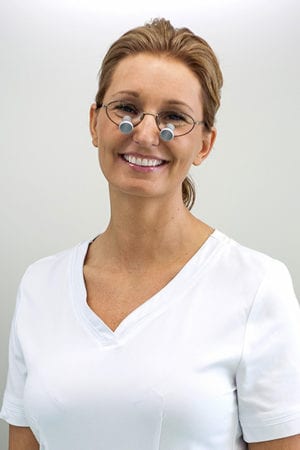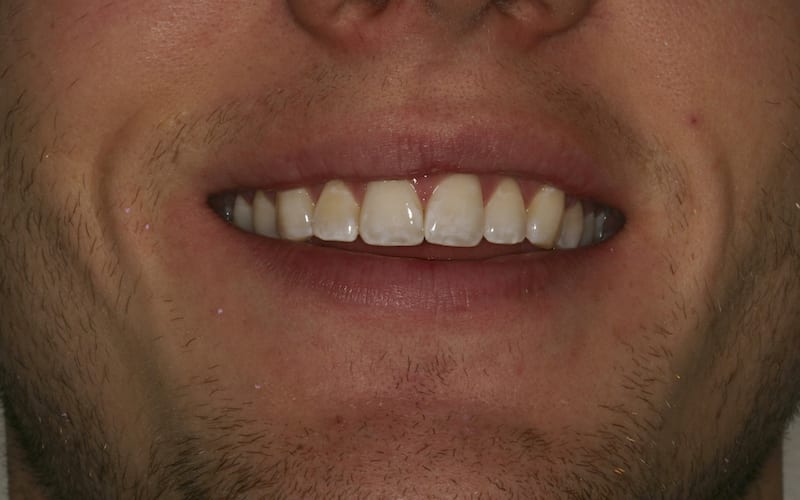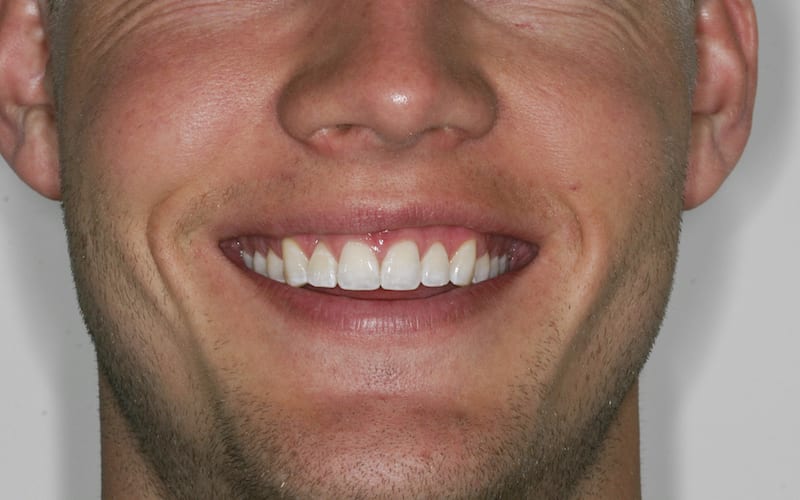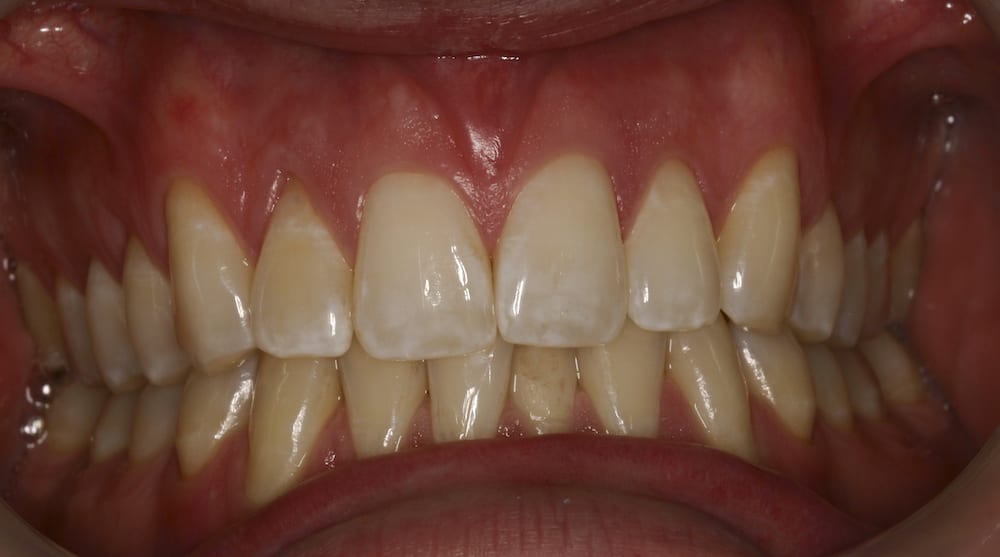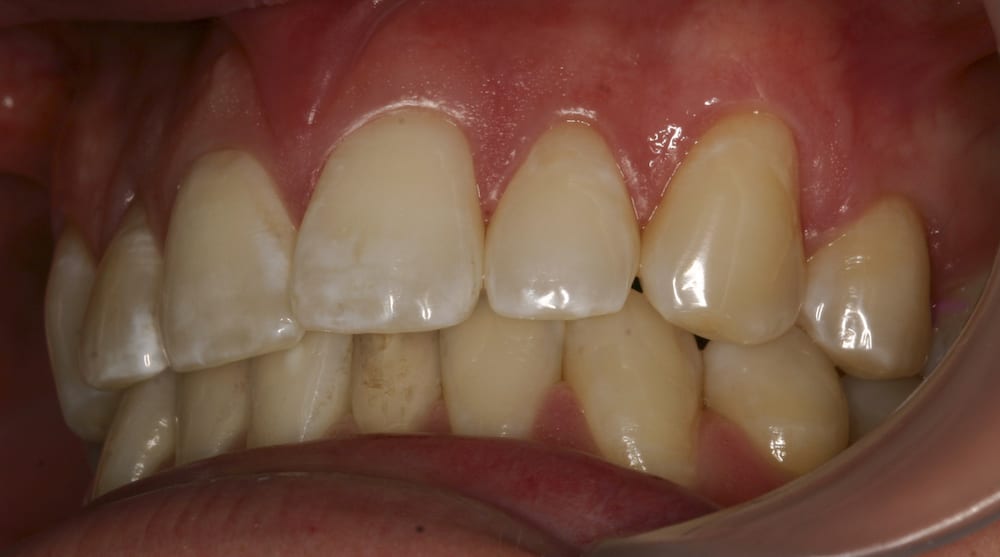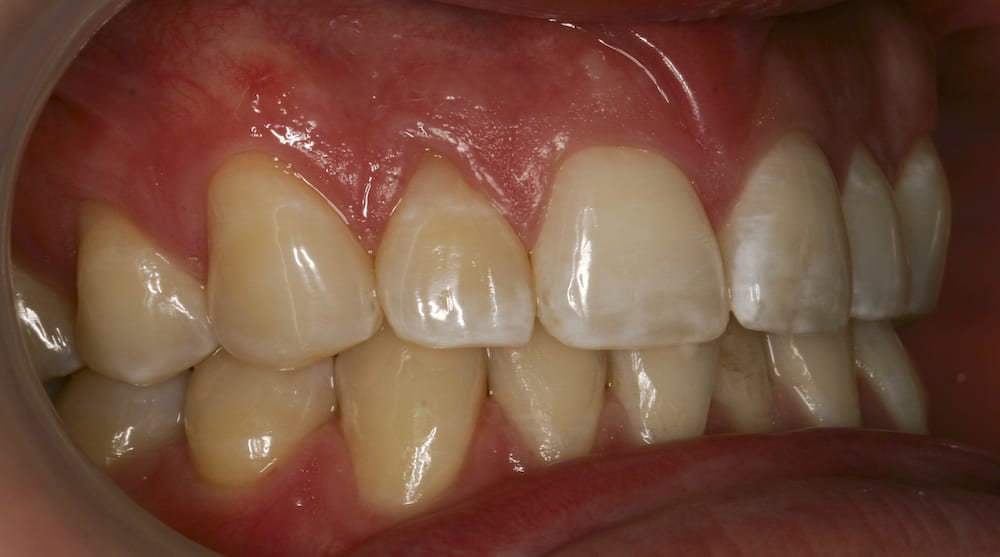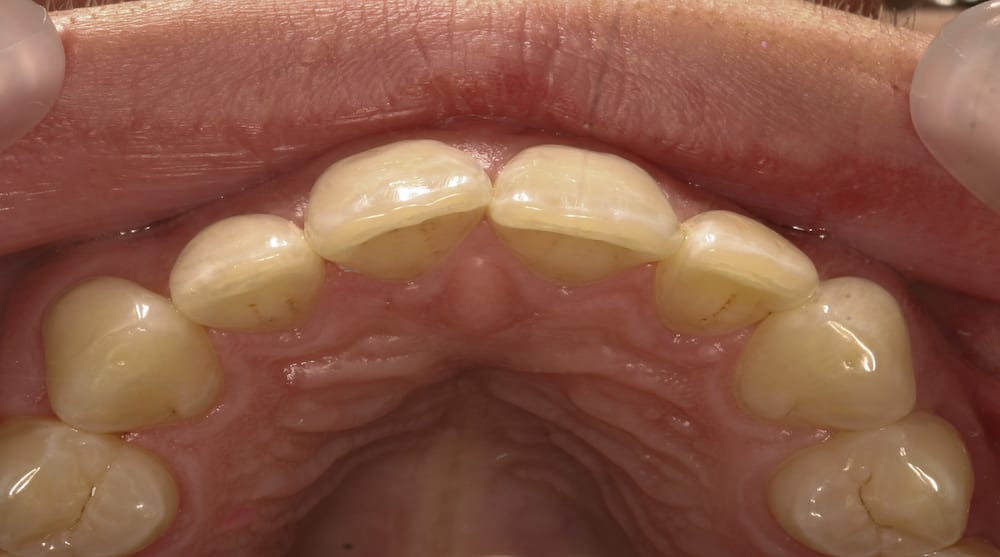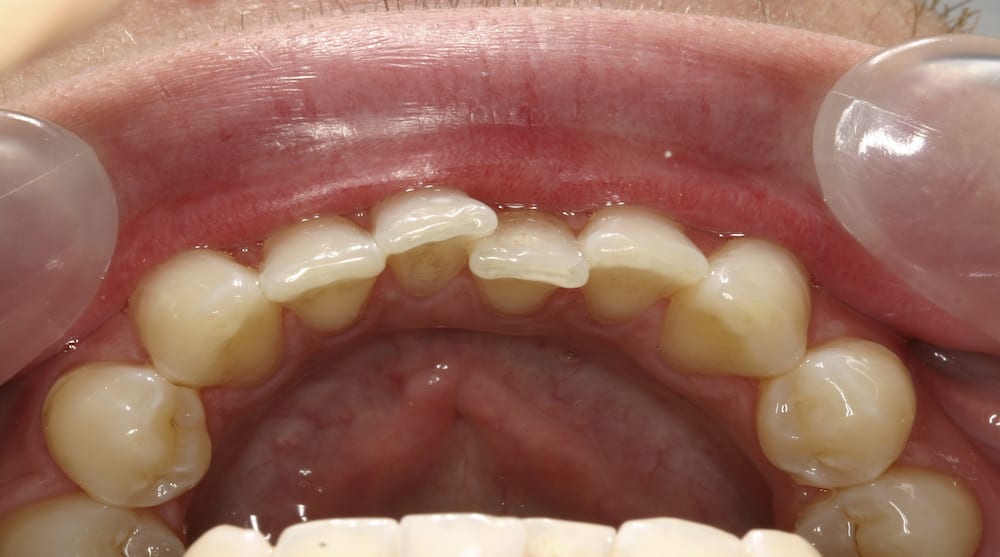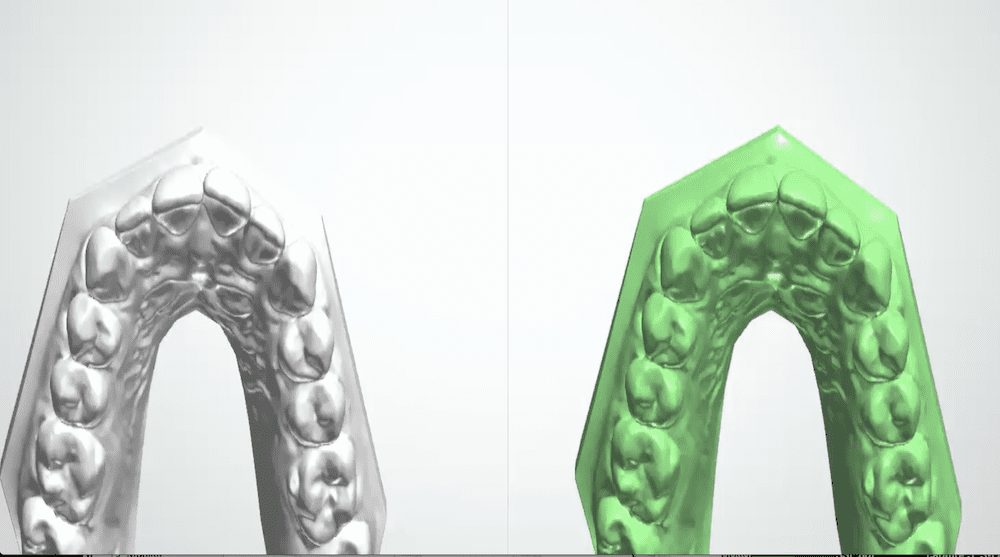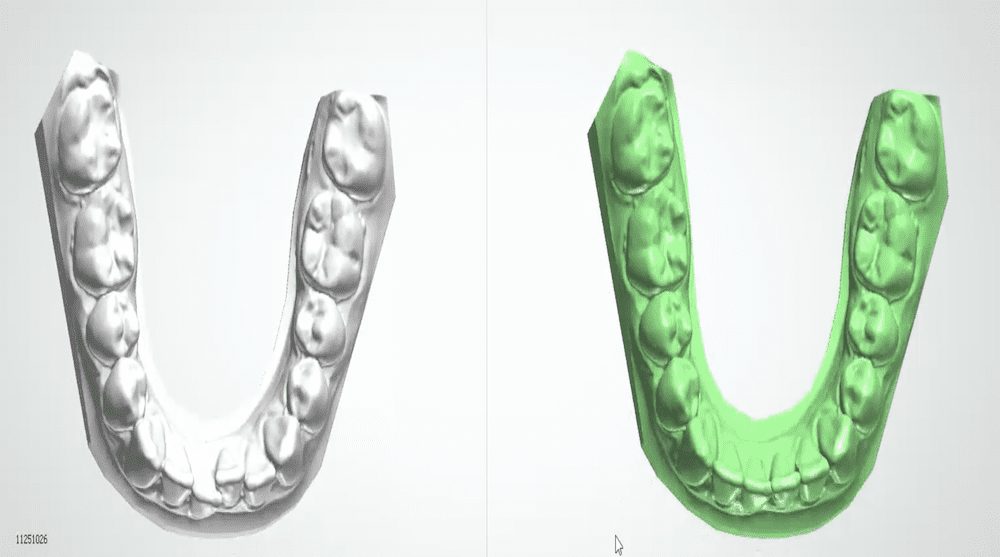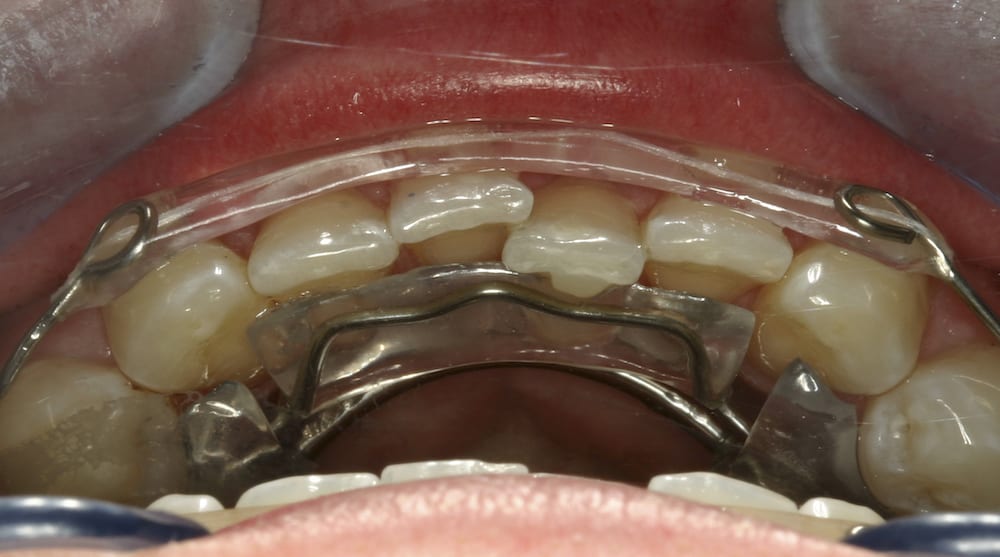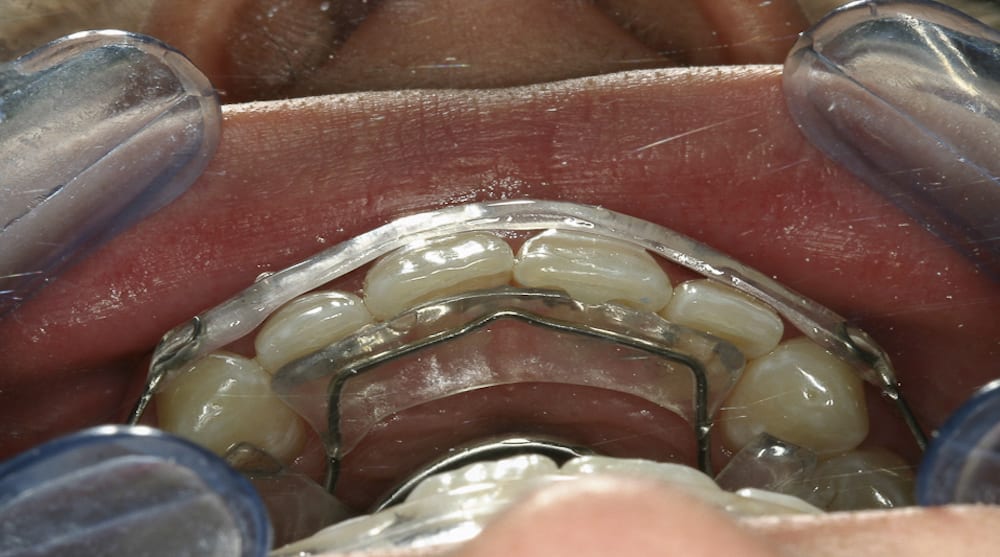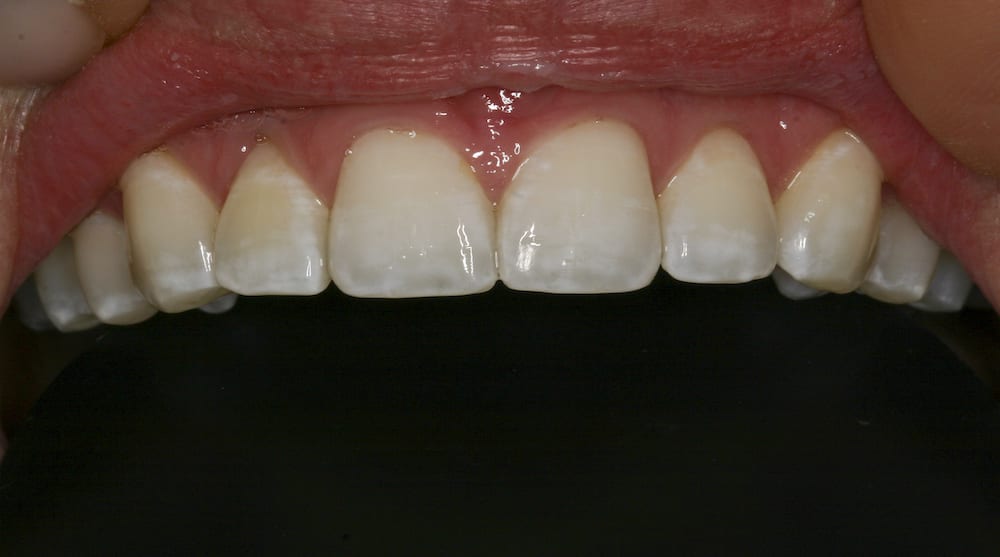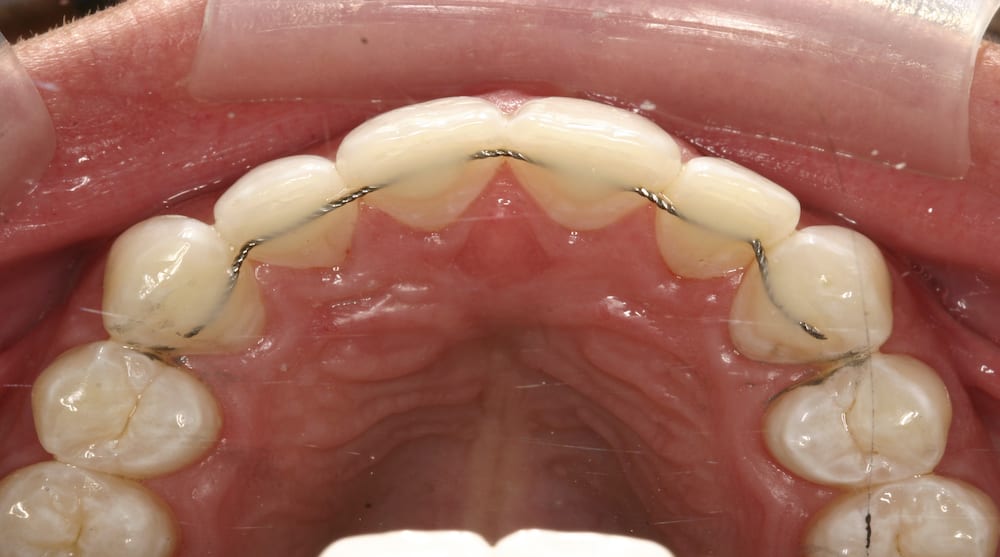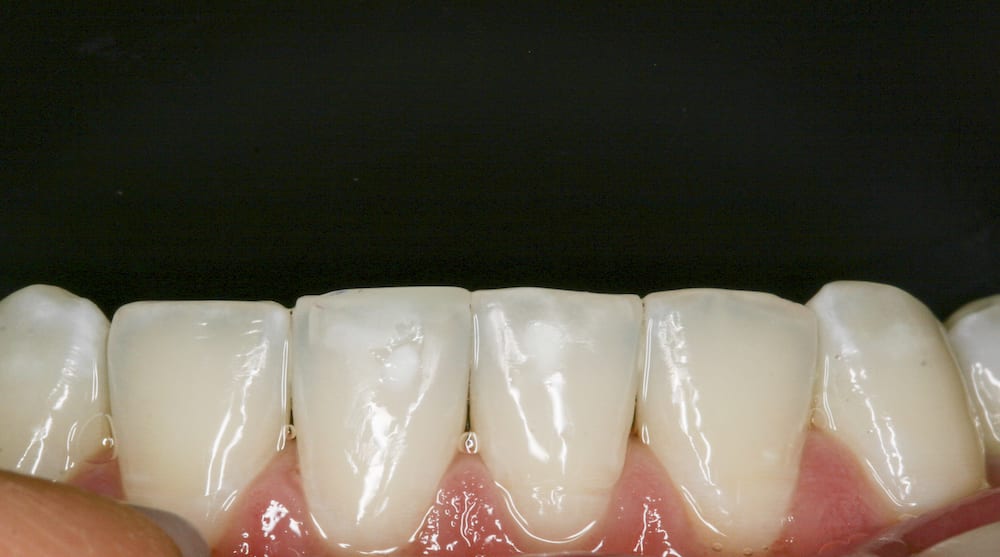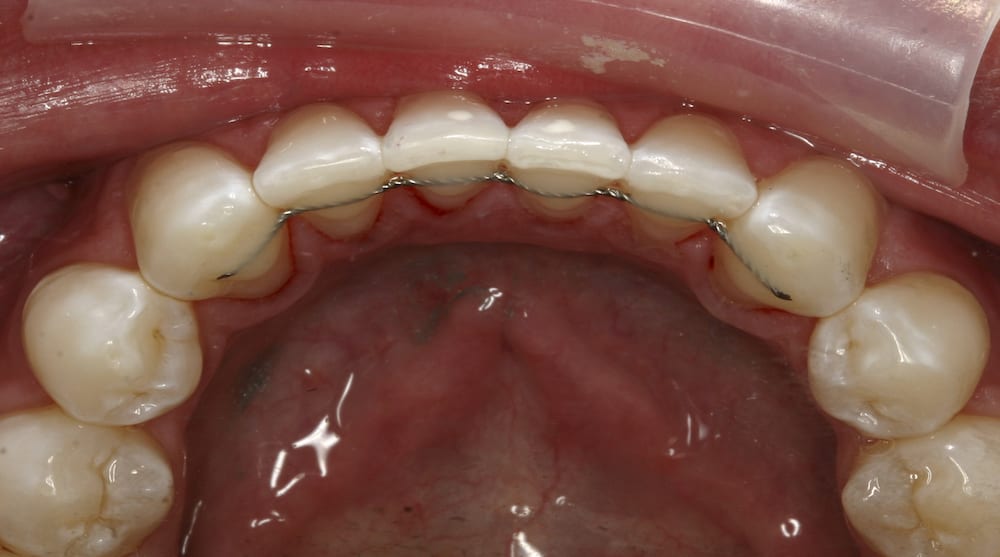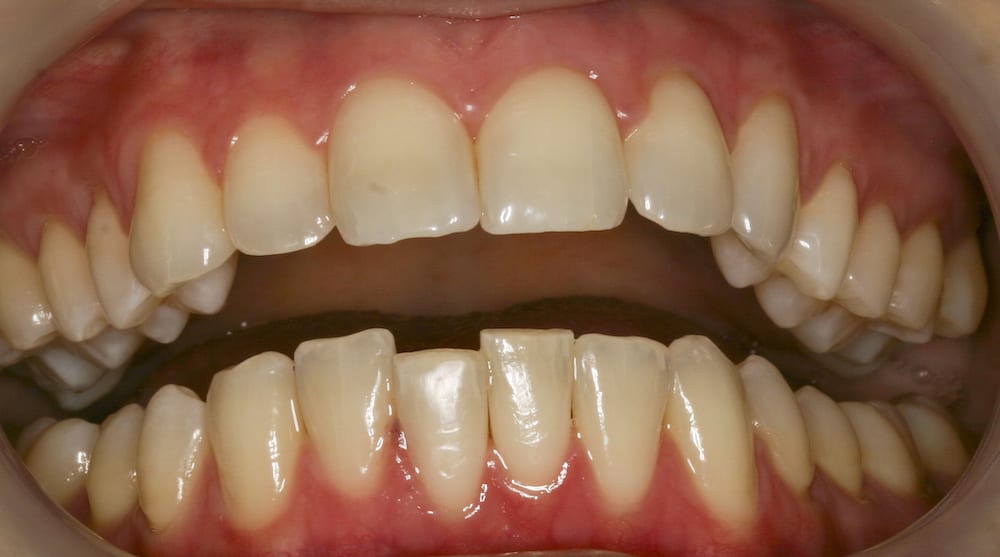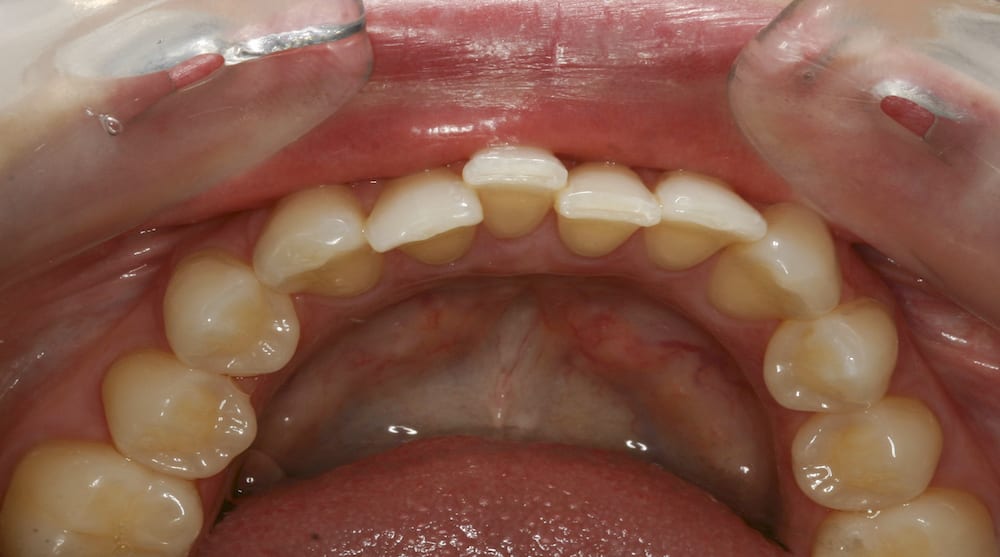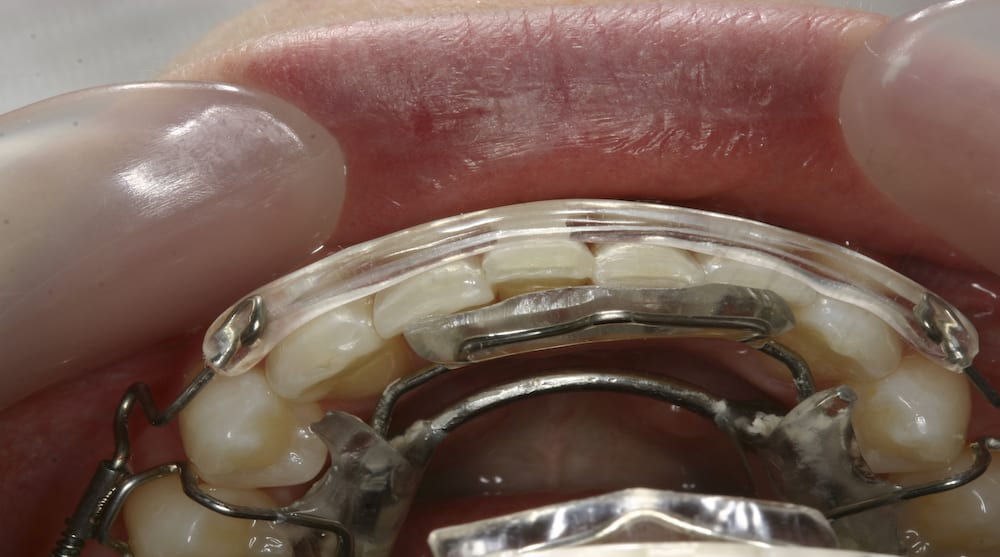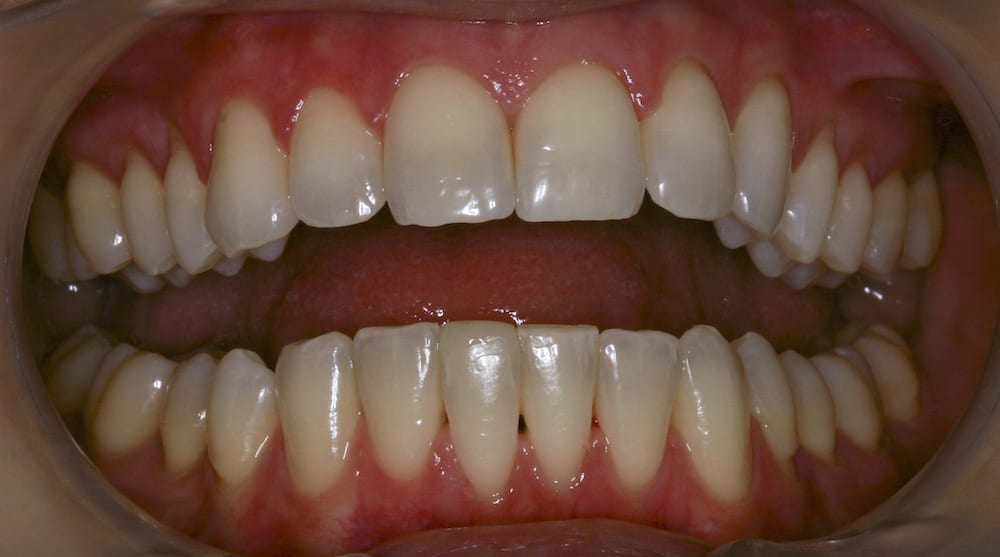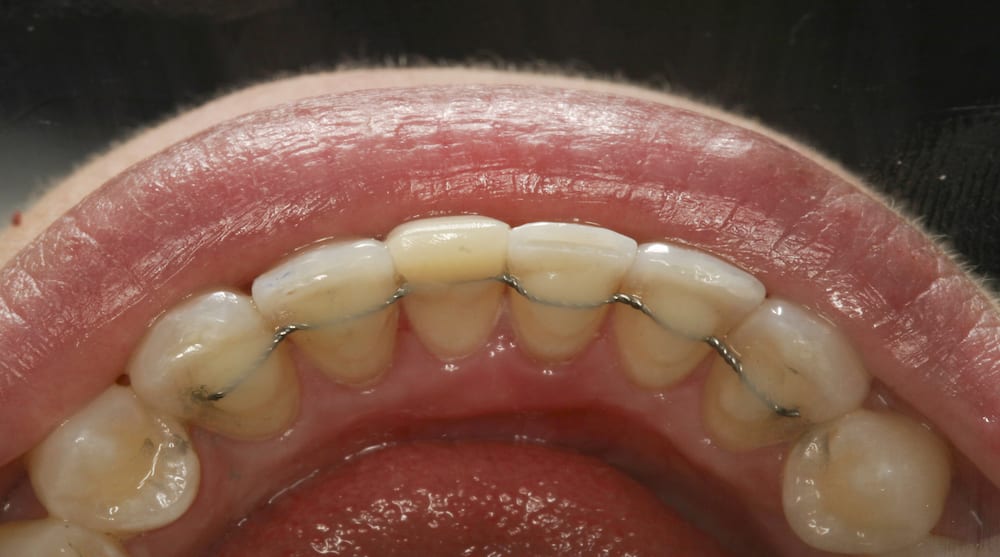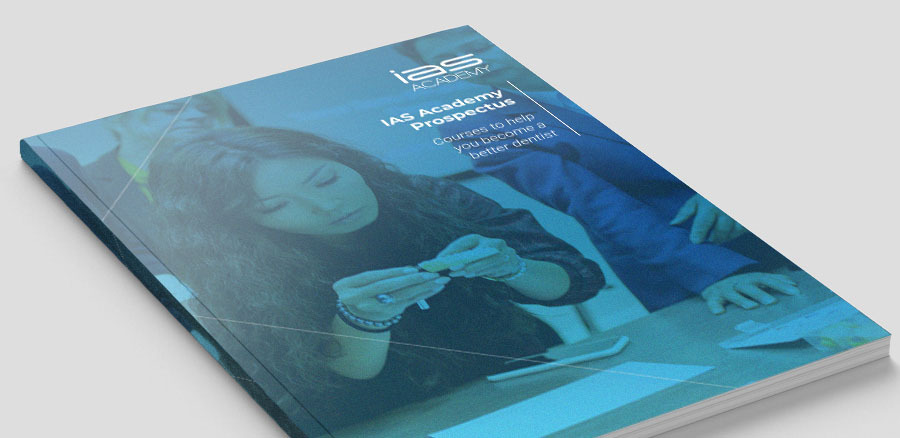A Simple Solution
Line Engelstad DDS is a general practitioner working in a private clinic in Oslo, Norway. Having provided the IAS Inman Aligner since 2014, here she shares two recent cases…
Case #1
A 24-year-old male was seeking advice to straighten his upper and lower anterior teeth. The patient had previously undergone orthodontic treatment with fixed braces, but he had no permanent retention. The relapse had increased over the last years and the patient wanted not only to stop it, but also to correct it. Orthodontic assessment revealed an angle Class I, no parafunctions or pain, stable occlusion and good canine guidance. Mild crowding was present in the upper anterior region, as well as crowding in the lower jaw. He had some minor enamel defects on the lower incisors and some white opacities, but otherwise was healthy with intact teeth.
The different treatment options were discussed at length with the patient, including gold standard orthodontic treatment with a specialist, fixed orthodontics and removable anterior alignment appliances. However, he expressed a desire to avoid comprehensive and fixed orthodontics. Another reason for this was the commute to the practice from Denmark, where he lives for the time being – he was keen for treatment to be simple and time-effective.
Photographs were taken and the Spacewize+™ arch evaluation software calculated that 1.7mm of crowding was present in the lower arch and 0.7mm in the upper. Both within the 3mm limit for the appliance, this confirmed that it was an appropriate case for treatment with the IAS Inman Aligner and demonstrated the total amount of interproximal reduction / predictive proximal reduction (IPR / PPR) that would be required during treatment. The patient was shown the planned tooth movement and final result on a 3D-digital setup, before he gave informed consent to proceed.
Once the appliances had been returned from the IAS Inman Aligner certified laboratory, both the upper and lower aligners were fitted. Highly motivated, the patient insisted on wearing them simultaneously for fast results in both jaws. He was shown how to safely place and remove both appliances and instructed to wear them for 18-20 hours a day.
Review appointments were arranged every three weeks as the patient was travelling from Denmark. It quickly became apparent that his compliance was fantastic – his chart tracking wear time demonstrated up to 22 hours of simultaneous wear a day. IPR and PPR were performed progressively as needed.
As the upper arch reached alignment after five weeks, I was not completely happy with the mesial aspect of tooth 21 so made an IAS Clear Aligner to help drop the tooth down slightly. Within a couple of weeks, the desired position had been achieved.
Once both the upper and lower arches were aligned, the patient underwent seven days of night bleaching with 10 % Carbamide peroxide gel, using the Essix retainer provided. During the final appointment, upper and lower retainers were bonded and composite edge bonding performed alongside minor enameloplasty to hide a defect on tooth 41 using Venus Diamond, B1 and the mesial aspect was lifted a little for a more even incisal level. The patient was informed that ICON-treatment might help reduce the white opaque spots in teeth 31 and 41, but he was not concerned about them for now. The position of tooth 12 was also not perfect, but the patient was more than happy with the overall results achieved.
Case #2
A 30-year-old female patient presented with concerns for the appearance of her lower anterior teeth. Upon orthodontic examination, an angle Class I relationship was revealed, with no parafunctions or pain. Crowding in the lower jaw had increased over the last few years and the malposition of tooth 41 was worrying the patient, both aesthetically and functionally. The patient had previously been treated with both upper and lower fixed appliances, but she had no long-term retention, hence the relapse.
The different treatment options were once again discussed at length and as she also wished to avoid fixed orthodontics, suitability for the IAS Inman Aligner was checked with the Spacewize+™ arch evaluation software, which calculated 1.8mm of crowding.
In the first appointment the appliance was fitted and the patient shown how to place and remove it, with instructions to wear the IAS Inman Aligner as much as possible, but a minimum of 15-20 hours a day.
Fortnightly reviews were booked so progress could be monitored and IPR / PPR could be performed as necessary. The original plan was to extrude tooth 41 in a deliberate way towards the end of treatment with the aligner, in order to optimise the gingival and incisal level. However, the patient was unfortunately hospitalised and so this last phase of treatment was cancelled. A bonded retainer was placed and temporary incisal composite bonding was performed instead. The final stage can therefore be completed when the patient is ready, but she is very happy with the results achieved so far.
The IAS Inman Aligner is a fast, safe, predictable and painless way of correcting malposition of anterior teeth. In many cases where other orthodontic measures are not accepted by the patient, it also saves natural tooth substance. Where previously veneers or crowns would have been the only alternative to fixed orthodontics, the IAS Inman Aligner replaces the need for drilling and more expensive and destructive prosthodontic treatment.

